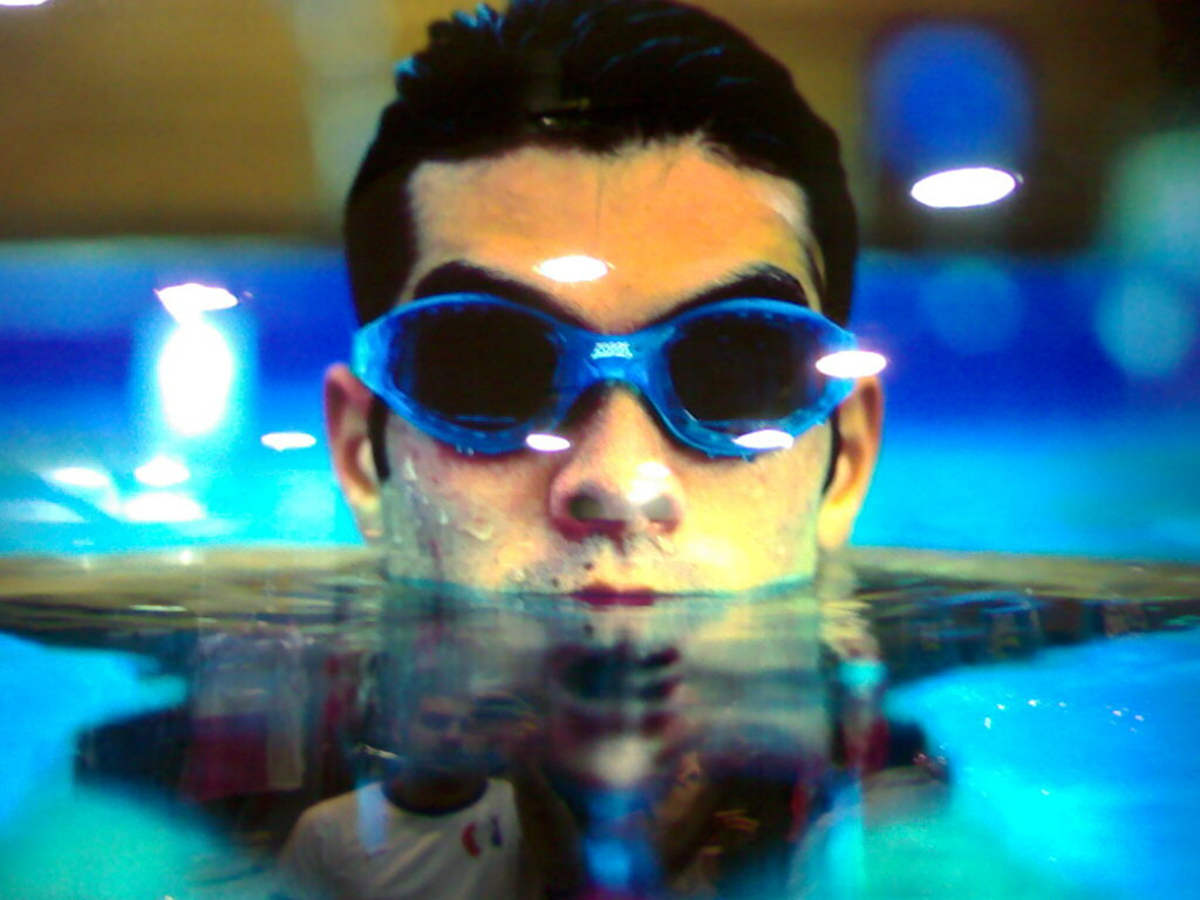Swimmer’s Ear is a common condition also known as otitis externa or acute external otitis. Often after swimming, or even taking a shower or a bath, excess water remains in the air canal, and this can lead to a painful infection. To learn how to prevent swimmer’s ear, you need to know more about what it is.
Definition of Swimmer’s Ear
What Are the Symptoms of Swimmer’s Ear?
Symptoms of swimmer’s ear can often start off quite mild, before progressing to the more severe, especially if the condition is not treated. Mild symptoms can include:

- Redness inside the ear
- Itching inside the ear
- Mild pain
- Drainage of clear fluid
Once the condition worsens, the more moderate symptoms include:
- Extensive reddening inside the ear
- Worsened itching
- Drainage of pus from the ear canal
- Increased pain
- Feeling of blockage or fullness in the ear canal
- Hearing distortion or decrease
Without treatment, swimmer’s ear can become more serious and painful, and these symptoms include:
- Severe pain that may spread to the neck, head or face
- Blockage of the ear canal
- Swelling and redness of the external ear
- Fever
- Swollen lymph nodes in the neck
Complications of Swimmer’s Ear
If the condition is treated early, complications will seldom occur, but it is important to remember that there may still be complications regardless of treatment. The serious complications of swimmer’s ear are as follows:
- Chronic otitis externa – depending on the strain of bacteria, allergies to eardrops or antibiotics, the condition can become chronic, and long-term treatment may be necessary.
- Cellulitis – this complication is not common, and occurs where there is a deep spread of the infection into the layers of tissue beneath the skin.
READ Summer Activity: Benefits of Swimming
- Temporary deafness – whilst the condition is being treated, there may be a decrease in hearing ability, but this will normally return to normal following treatment.
- Necrotizing otitis externa – this is an extreme complication, where the cartilage and skin of the outer ear becomes damaged, and infection occurs in certain bones of the skull.
- Infection spread – if necrotizing otitis externa develops, it may result in the infection spreading into the brain or nerves that are located nearby. This is a very rare but also life-threatening complication.
Prevention Is The Best Form Of Treatment
Treatment Options for Swimmer’s Ear
The main medicinal form of treatment is analgesia for the pain, and eardrops, of which there are a few different ones available that depend on the type and severity of the infection. These eardrops may include components such as:
- Antibiotic – to fight off the bacteria
- Antifungal – for infections due to fungus
- Steroid – for reducing inflammation of the ear canal
- Acidic solution – this restores the antibacterial environment in your ear to normal

Preventing Swimmer’s Ear
Prevention is the best form of treatment for almost all illnesses and conditions, including swimmer’s ear. It is always best to stop the infection from occurring, rather than trying to treat it after the face. Swimmer’s ear is fairly easy to prevent, and the following tips will help you reduce the risk of developing infection in your ear canal.
Keep Them Dry
Whenever your ears have been exposed to water, particularly after swimming, showering or bathing, always ensure you dry your ears. Don’t try and dry your inner ear, just your outer ear area. Always do this with a soft cloth, and gently. By tipping your head to each side, you will also help any excess water drain out of the ear canal. Another way to dry your ears is to use a hairdryer. Be careful though, to have it set on a low heat and make sure it is held at least 1 foot away from the ear.
Safe Water for Swimming
Many public pool areas post signs up declaring if there are significant counts of bacteria in the water. If you see one of these signs, avoid swimming and wait for another day when the count is lower.
Nothing Bigger Than Your Elbow
Doctors will often tell you that you shouldn’t put anything bigger than your elbow in your ear. A lot of people use cotton buds, hairclips and even paper clips to try and clean their ears, but all this does is irritate and damage the skin in the ear canal. This opens the door for bacteria to gather, breed, and spread.
Irritating Hair Products
Your ear canals are sensitive, and it is a good idea to protect them with cotton balls before you dye your hair or apply hair spray. Don’t force the balls in though – just have them nestled gently in your ears.
Following Surgery or Infection
If you have had any surgery or a recent infection in your ear, avoid swimming, and make sure you keep your ears super dry when showering or bathing.
Protecting Your Ears
When swimming, you can use a bathing cap to protect your ears from the water. You can also get special swim molds customized to fit your ears, or use ear plugs.
READ Swimming Is A Great Way To Improve Your General Fitness
Conclusion
Preventing swimmer’s ear can save you from unnecessary pain and suffering, and it’s really not that difficult to do. If you have been swimming, and you notice any of the symptoms mentioned above, get in to see your doctor as soon as you can to nip any potential infection in the bud before it gets out of control. If the pain is really severe, and you have a fever, go to the emergency room or see your doctor urgently.
- www.mayoclinic.org/diseases-conditions/swimmers-ear/basics/prevention/con-20014723
- www.cdc.gov/healthywater/swimming/rwi/illnesses/swimmers-ear-prevention-guidelines.html
- Photo courtesy of mahidoodi: www.flickr.com/photos/mahidoodi/244469033/
- Photo courtesy of mavroudis: www.flickr.com/photos/mavroudis/21237842746/
- Photo courtesy of mahidoodi: www.flickr.com/photos/mahidoodi/244469033/

